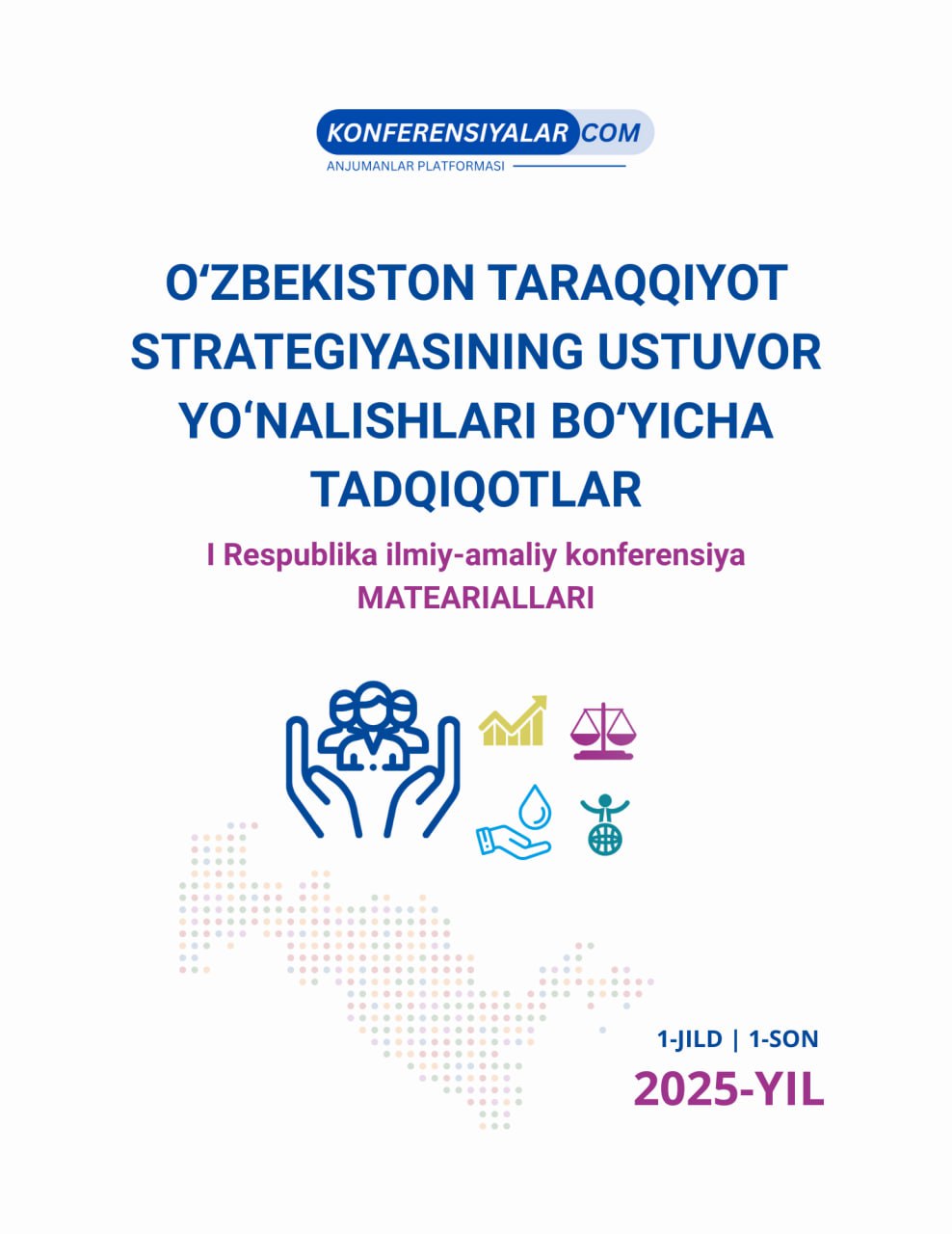METHODOLOGICAL APPROACHES TO TEACHING LISTENING IN A DIGITAL EDUCATIONAL ENVIRONMENT
Ключевые слова:
listening skills, digital educational environment, blended learning, task-based learning, differentiated instruction, collaborative learning, scaffolding, digital tools.Аннотация
The article discusses methodological approaches to teaching listening in a digital educational environment. It highlights the active nature of listening and the importance of combining traditional and digital methods. Approaches such as blended learning, task-based learning, differentiated instruction, and collaborative learning are analyzed. Special attention is given to digital tools and strategies, including scaffolding, active listening, and feedback, which enhance the effectiveness of listening skill development.
Библиографические ссылки
1. Blake, R. J. (2013). Brave new digital classroom: Technology and foreign language learning (2nd ed.). Georgetown University Press. — 320 pp.
2. Cross, J. (2015). Metacognition in L2 listening: Clarifying theory and pedagogy. International Journal of English Studies, 15(1), 1–18.
3. Dooly, M., & O’Dowd, R. (2018). In this together: Teachers’ experiences with transnational, telecollaborative language learning projects. Peter Lang.
4. Ellis, R. (2003). Task-based language learning and teaching. Oxford University Press.
5. Field, J. (2008). Listening in the Language Classroom. Cambridge University Press. — 366 pp
6. Hampel, R., & Stickler, U. (2015). Developing online language teaching: Research-based pedagogies and reflective practices. Palgrave Macmillan. — 220 pp.
7. Kukulska-Hulme, A. (2020). Mobile-assisted language learning [MALL]. In C. A. Chapelle (Ed.), The concise encyclopedia of applied linguistics (pp. 666-672). Wiley.
8. Lantolf, J. P., & Thorne, S. L. (2006). Sociocultural theory and the genesis of second language development. Oxford University Press.
9. Mayer, R. E. (2009). Multimedia learning (2nd ed.). Cambridge University Press. — 320 pp.
10. Neumeier, P. (2005). A closer look at blended learning—parameters for designing a blended learning environment for language teaching and learning. ReCALL, 17(2), 163–178.
11. Ohta, A. S. (2017). Sociocultural theory and second/foreign language education. In N. Van Deusen-Scholl & S. May (Eds.), Second and foreign language education (pp. 57-68). Springer.
12. Rahimi, M., & Soleymani, E. (2015). The effect of podcasts on EFL learners’ listening comprehension. International Journal of Applied Linguistics and English Literature, 4(6), 16–23.
13. Renandya, W. A., & Farrell, T. S. C. (2011). “Teacher, the Tape Is Too Fast!” Extensive listening in ELT. ELT Journal, 65(1), 52–59
14. Rost, M. (2011). Teaching and researching listening (2nd ed.). Pearson. — 280 pp.
15. Siegel, J. (2016). Developing listening skills. Palgrave Macmillan.
16. Vandergrift, L., & Goh, C. (2012). Teaching and learning second language listening: Metacognition in action. Routledge.
17. Willis, D., & Willis, J. (2007). Doing task-based teaching. Oxford University Press.
Загрузки
Опубликован
Выпуск
Раздел
Лицензия

Это произведение доступно по лицензии Creative Commons «Attribution» («Атрибуция») 4.0 Всемирная.





 This work is licensed under a
This work is licensed under a 